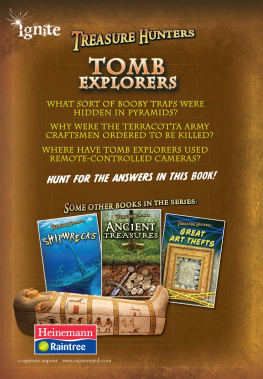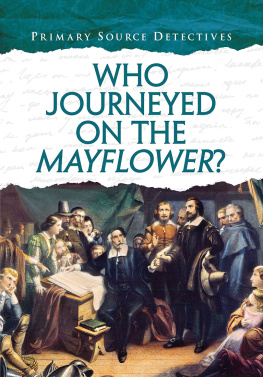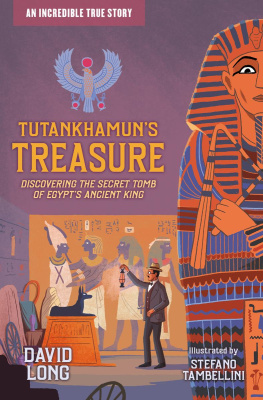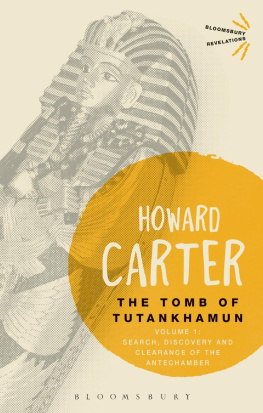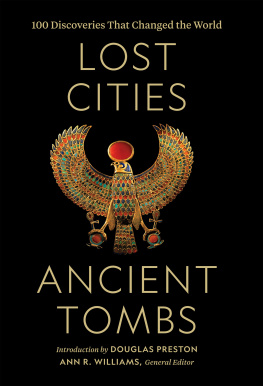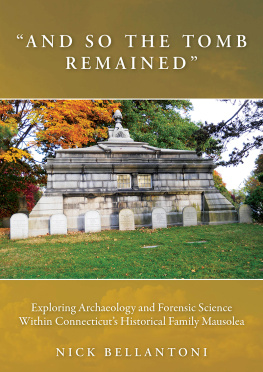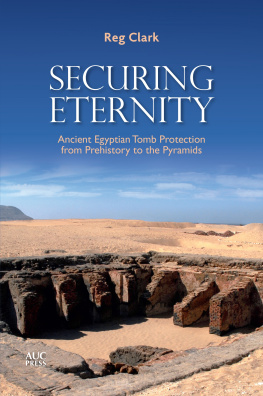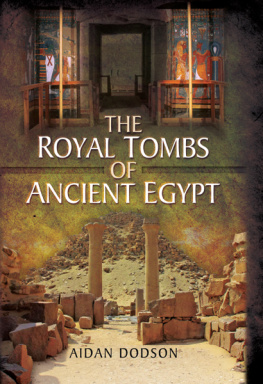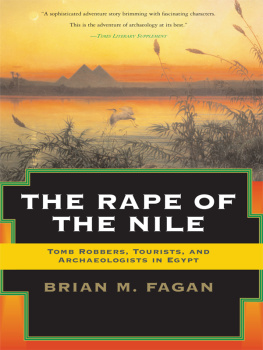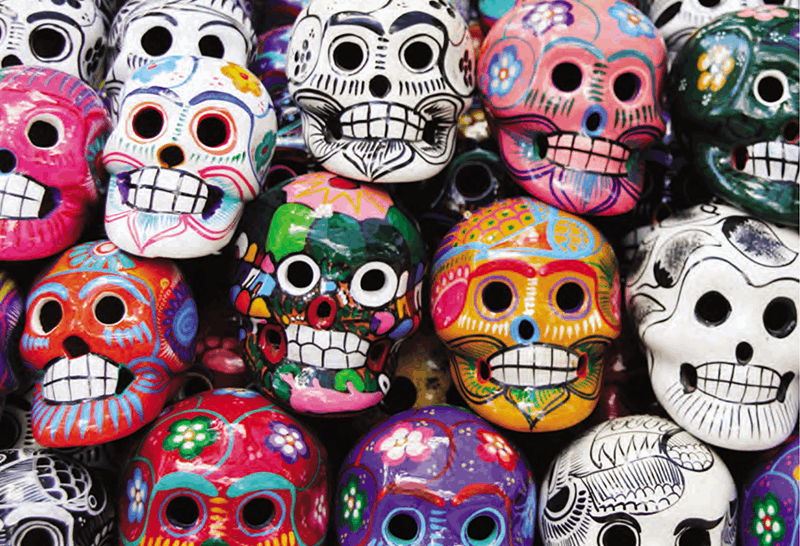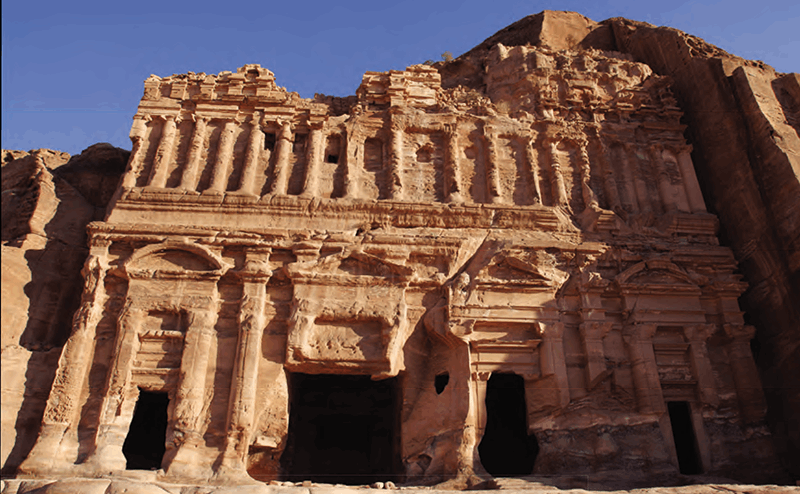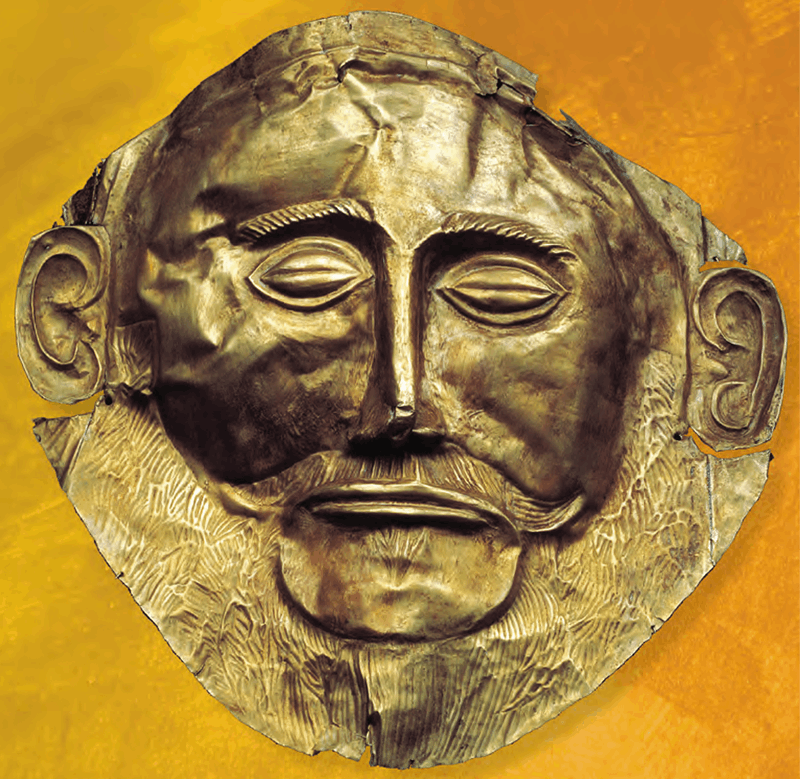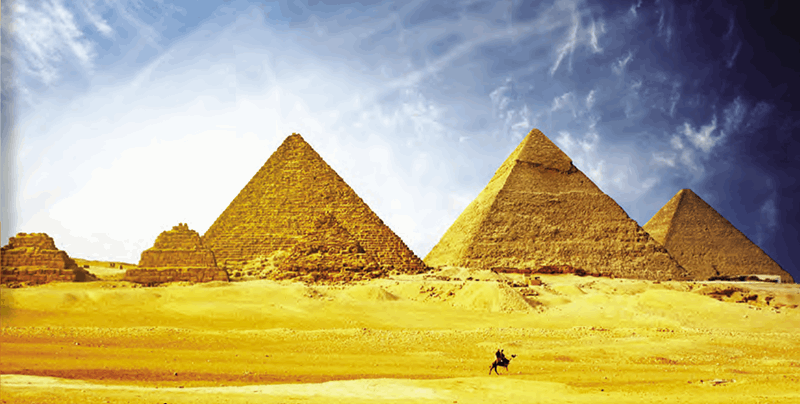TIMELINE
4000s BCE
The Sumerians develop the earliest known civilization, in Mesopotamia.
26862181 BCE
This is the Old Kingdom period in Egypt and a time of pyramid-building.
c.24902340 BCE
This is the possible date for the construction of Silbury Hill inBritain.
c. 2000 BCE
This is the possible date for the construction of the ziggurat at Ur.
c. 15501069 BCE
This is the New Kingdom period in Egypt, when it is at the heightof its powers.
13331323 BCE
Tutankhamun reigns in ancient Egypt.
246 BCE
Ying Zheng becomes king of the state of Qin.
221 BCE
Ying Zheng declares himself Qin Shi Huangdi (First Sovereign Qin Emperor),First Emperor of China.
210 BCE
Qin Shi Huangdi dies.
250800 CE
The Mayan Empire is at its height.
c. 6001000 CE
The Wari civilization flourishes in the Andes.
603683 CE
The Mayan ruler Pakal the Great reigns in Palenque.
c. 800 CE
Palenque and many other Mayan cities are abandoned.
1876
Heinrich Schliemann excavates the tomb of Agamemnon in Mycenae.
1903
The Oseberg ship burial is discovered in Norway.
19221923
Howard Carter discovers Tutankhamuns tomb in Egypt.
1923
Charles Leonard Woolley starts excavations at Ur.
1926
The Oseberg ship is moved to the Viking Ship Museum in Oslo, Norway.
1932
Howard Carter and his assistants finish removing and cataloging objects fromTutankhamuns tomb.
1948
Alberto Ruz Lhuillier starts excavations in the Temple of Inscriptions in Palenque.
1974
Farmers in the Shaanxi province of China uncover a terracotta army.
Wari tombs are uncovered near Cuzco, Peru.
FIND OUT MORE
BOOKS
Baquedano, Elizabeth. Aztec, Inca and Maya (Eyewitness). New York: Dorling Kindersley,2005.
Gogerly, Liz. Ancient Egypt (Time Travel Guides). Chicago: Raintree, 2008.
Hart, George. Ancient Egypt (Eyewitness). New York: Dorling Kindersley, 2008.
Kops, Deborah. Palenque (Unearthing Ancient Worlds). Minneapolis, Minn.: Twenty-FirstCentury, 2008.
Malam, John. Lost and Found: The Terracotta Army and Other Lost Treasures . Irvine,Calif.: QEB, 2011.
Margeson, Sue M. Viking (Eyewitness). New York: Dorling Kindersley, 2000.
WEB SITES
www.khm.uio.no/utstilling/faste/vikingskipene/index_eng.html
The Viking Ship Museumoffers information about the Oseberg ship.
ngm.nationalgeographic.com/ngm/tut/mysteries
Visit this interactive National Geographicweb site to learn more about Tutankhamuns tomb. A special feature allows you toexamine his body up close.
www.penn.museum/sites/iraq
Read lots of fascinating information about the excavationsat Ur.
www.travelchinaguide.com/attraction/shaanxi/xian/terra_cotta_army/qin_shihuang_1.htm
The China Guide web site has lots of information about Qin Shi Huangdi, his tomb,and the terracotta army.
whc.unesco.org/en/list/411
Read the United Nations Educational, Scientific and CulturalOrganization (UNESCO) description of the excavations at Palenque.
whc.unesco.org/en/list/441
The UNESCO web site has an excellent description of theterracotta army.
PLACES TO VISIT
The American Museum of Natural History
Central Park West at 79th Street
New York, New York 10024-5192
www.amnh.org
The American Museum of Natural Historyis home to many of the worlds greatesthistorical treasures. The museum containsartifacts from many of the civilizationsexplored in this book.
The Field Museum
1400 S. Lake Shore Drive
Chicago, Illinois 60605-2496
fieldmuseum.org
The Field Museum has an impressivecollection of artifacts, including manyfrom the cultures of the Americas.
Smithsonian National Museum of
Natural History
10th Street and Constitution Avenue,
NW Washington, D.C. 20560
www.mnh.si.edu
The National Museum of NaturalHistory has archaeological findsfrom many of the civilizationsmentioned in this book and more.
TOPICS FOR FURTHER RESEARCH
- See if you can find out more about some of the latest tomb finds in the Americas.New discoveries are being found all the time. In 2010, archaeologists found a 2,700-year-oldpyramid in southern Mexico. It is believed to be the oldest tomb of its kind in Mesoamerica.
- Find out about some other Viking ship burials. For example, try to find informationabout the Skuldelev ships in Denmark. Check out the web site of the Danish VikingShip Museum for lots of information about the Skuldelev ships: www.vikingeskibsmuseet.dk/en/.
- Learn more about the Valley of the Kings, where Tutankhamuns tomb was discovered.There are more than 60 tombs carved into the stone walls of the valley, and theremay be many more that are still undiscovered.

TOMBS AND TREASURE
Imagine you are a farmer, digging away in a field. Suddenly, you spot something inthe ground beneath your feeta hole, a glint of metal, an underground chamber. Itsa one in a million chance, but it can happen!
Some of the most incredible tomb discoveries have been made by chance, and some haveunearthed dazzling treasures. Others, of course, are the result of painstaking researchand careful archaeological work. This book has examples of both kinds of discovery.Read on to find out more
In Mexico during Day of the Dead celebrations, people make masks to remember theirloved ones who have died.
In Petra, Jordan, these elaborate tombs were built high into the mountainside.
BURYING THE DEAD
From the very earliest times, people have wondered about what happens after death.Even today, the passing of a person from life to death is dealt with in many differentways around the world. Some people bury their dead in the ground or in tombs. Someprefer to cremate (burn) the dead body. These customs reflect the many differentbeliefs about life after deaththe afterlife.
Everything but the kitchen sink?
In past times, people were often buried with the things they would need in the afterlife.Even the poorest people were sometimes buried with a cooking pot or other everydayobject. In the tombs of wealthy or noble people, the objects considered necessaryfor the afterlife included:
- furniture
- weapons
- armor
- jewelry
- food.
TREASURE TROVES
Some of the tombs unearthed in the past have been full of spectacular treasures.The ancient Egyptian boy-king, Tutankhamun, was buried in a gold sarcophagus, andhis tomb contained his golden throne, chariot, and countless other amazing objects.In the 1870s, excavations to find the tomb of the mythological Greek king Agamemnonunearthed a treasure trove of golden objects, including cups, swords, crownsanda golden death mask.
This golden death mask was found at Mycenae, Greece, in 1876.

